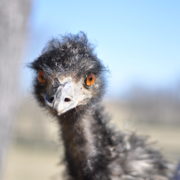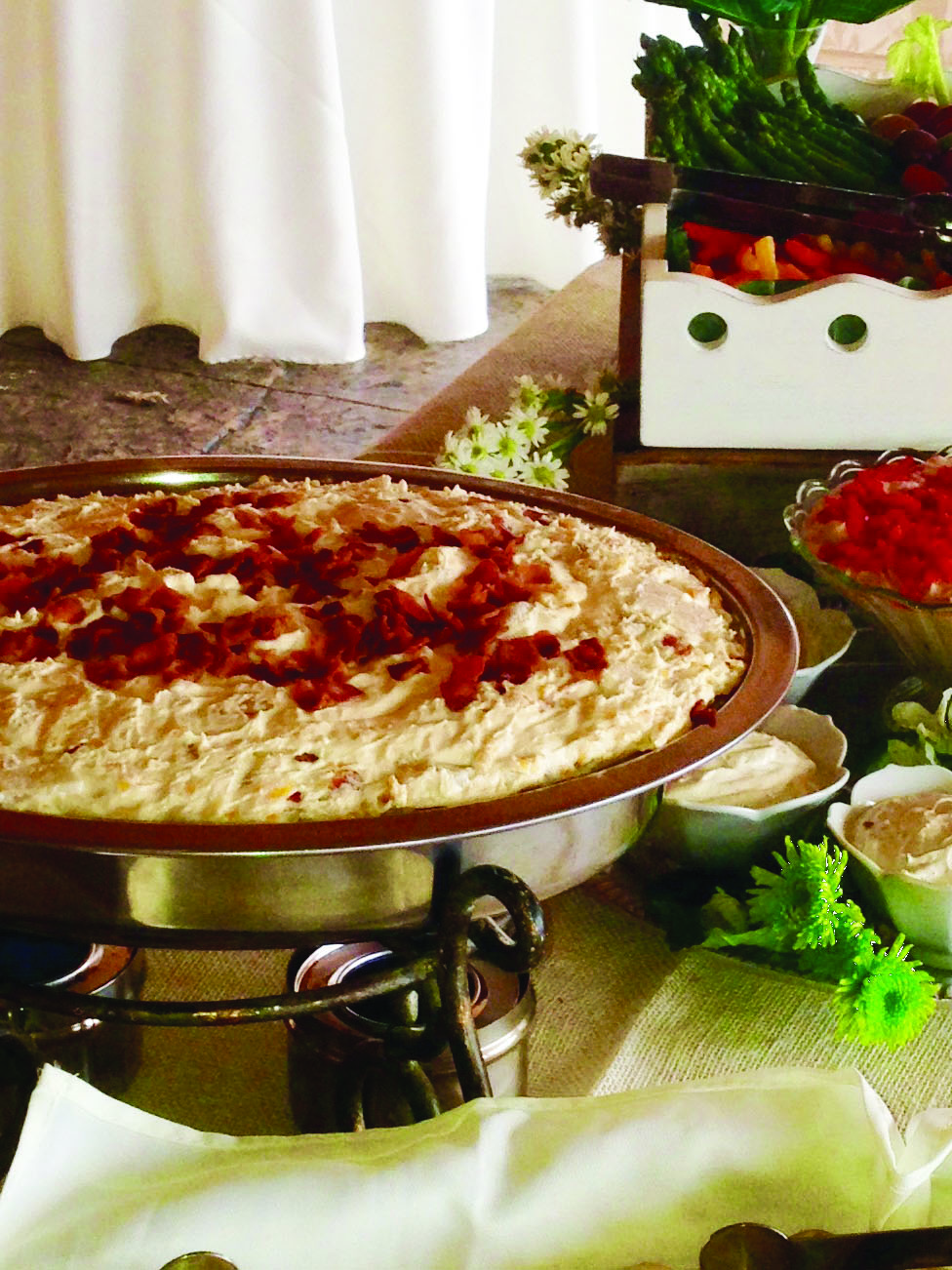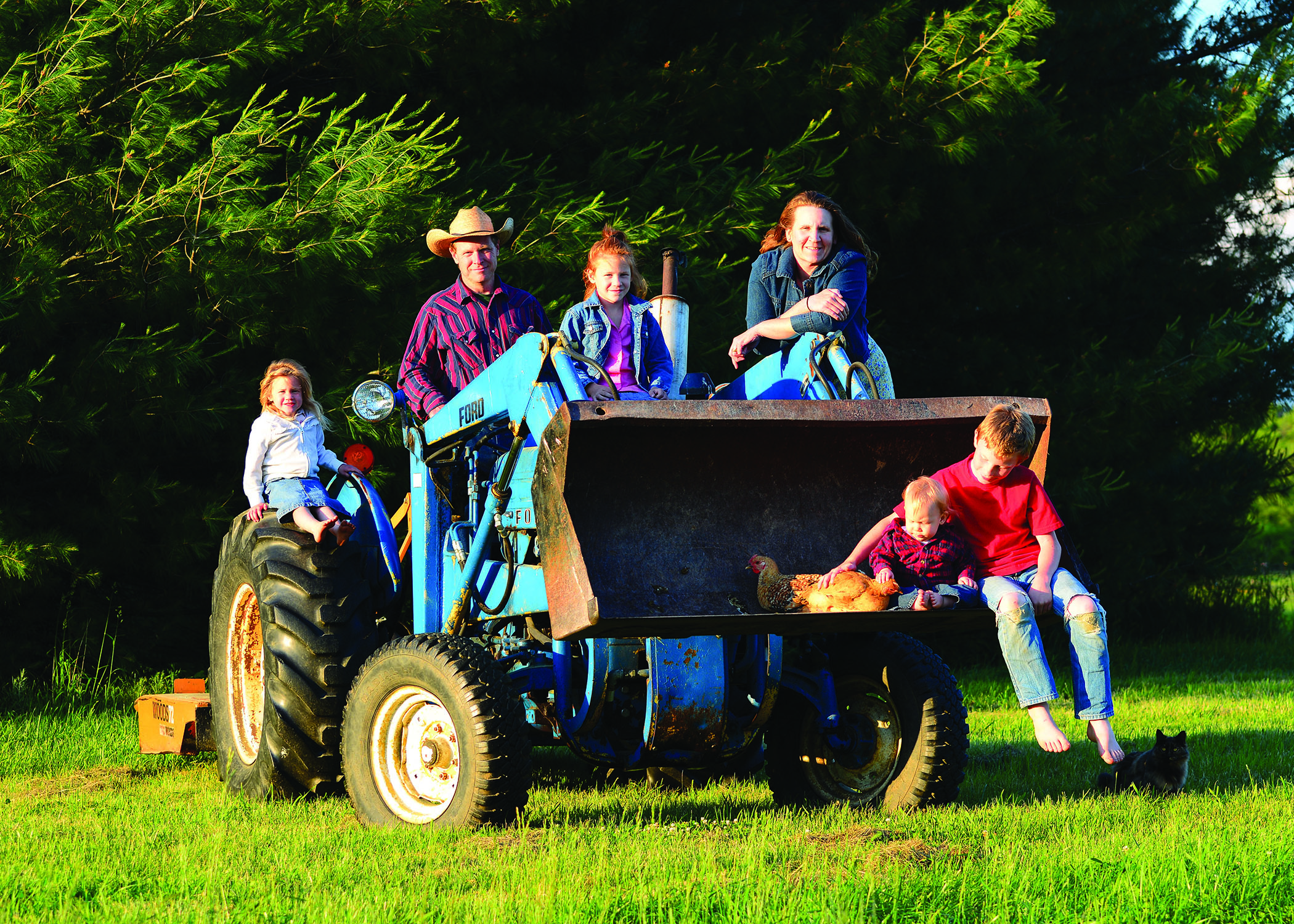Jordan Springs Market is All About the Community
By Rebecca Maynard
Whether you’re planning a party or just have a hankering for some good barbecue, you’re in for a treat if you have not yet visited Jordan Springs Market. Located near the western Clarke County border in Stephenson, it has been voted “Best Barbecue in the Valley” for many years, and was labeled “Best Pork Barbecue” by Northern Virginia Magazine.
Owner and pit master Olivia Landry bought the generations old store, formerly known as Ellis’s Shopping Center, in 2008. It is one of the few stations in the area to offer ethanol free gasoline, and also sells beer, wine, groceries, tobacco, ice, propane exchanges and much more. And then, of course, there is the award-winning menu, which is available for dining in, carryout, delivery through GrubHub as well as event catering.
The menu, which can be viewed on the market’s website, includes breakfast sandwiches, sausage gravy, smoked wings, smoked beef top round, beef brisket, pulled pork and chicken, chili, brisket grilled cheese, homemade sides and desserts, and more. All the meat is smoked with hickory and cherry wood at low temperatures for long periods of time and there are three sauces, Alabama White, Memphis Sweet and
Carolina Vinegar.
“I put myself through college working in catering,” Landry said. After graduating from Mary Washington College (now University), she worked in media for a number of years in Washington, DC. While she loved her work, she also eagerly embraced the opportunity for a change by buying Ellis’s Shopping Center. “It was easy to leave my corporate background, but that background also helped me with things like hiring, team development and making changes due to Covid-19,” Landry said.
Decades ago, teen dances were held in the building that is now Jordan Springs Market, and Landry enjoys continuing the tradition of community togetherness. She has enjoyed having couples come in who met at one of the dances decades ago. “We enjoy doing a lot with and for the community,” Landry said. She and the market staff, most of whom have been with the business long term, enjoy working with nonprofit organizations and schools. Recently, they catered lunch for the entire staff at Rappahannock Hospital.
There is indoor seating for 15 to 20 people and four outdoor tables, and Landry said that one of the things she loves about the market is how it brings people in the community together. Sometimes people will bump into neighbors they haven’t seen for awhile, but because people often travel many miles to the market based on its reputation on Yelp, new friendships are made as well. “There’s something important about a meal shared, and it’s amazing to see the interactions between people,” Landry said. “Strangers will start talking, and before they leave, they’re like old friends.”
The market caters events ranging from 10 guests to more than 1000. Whether you are celebrating a birthday, marriage, corporate milestone or honoring someone in passing, Landry says she and her catering team will custom create a menu to help make your special occasion unforgettable. “Our focus is food and togetherness,” she said.
Visit www.jordanspringsmarket.com, visit their Facebook page or call 540-662-0601.






